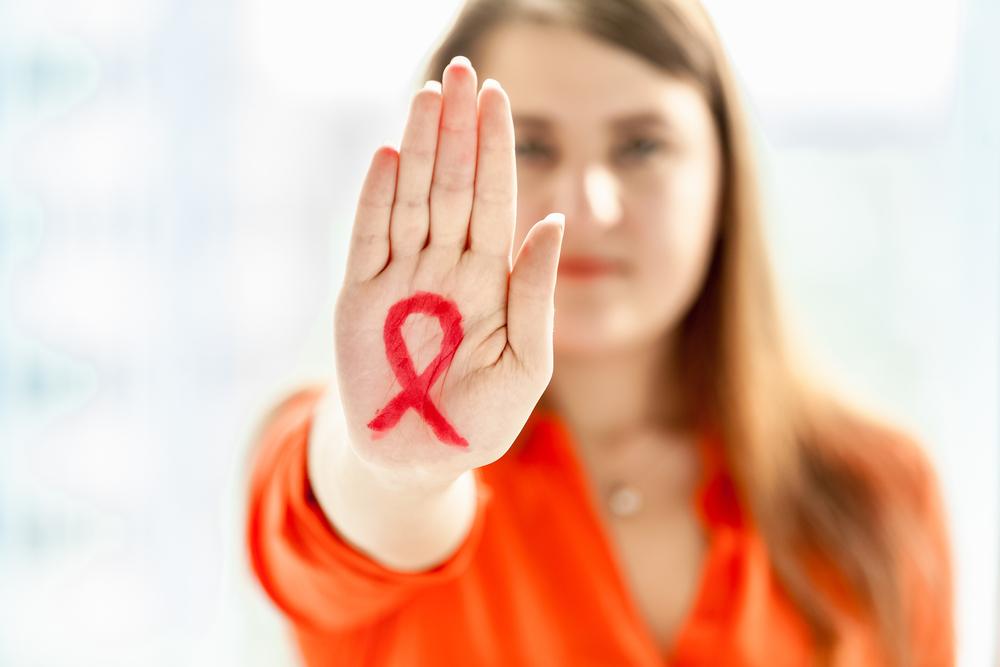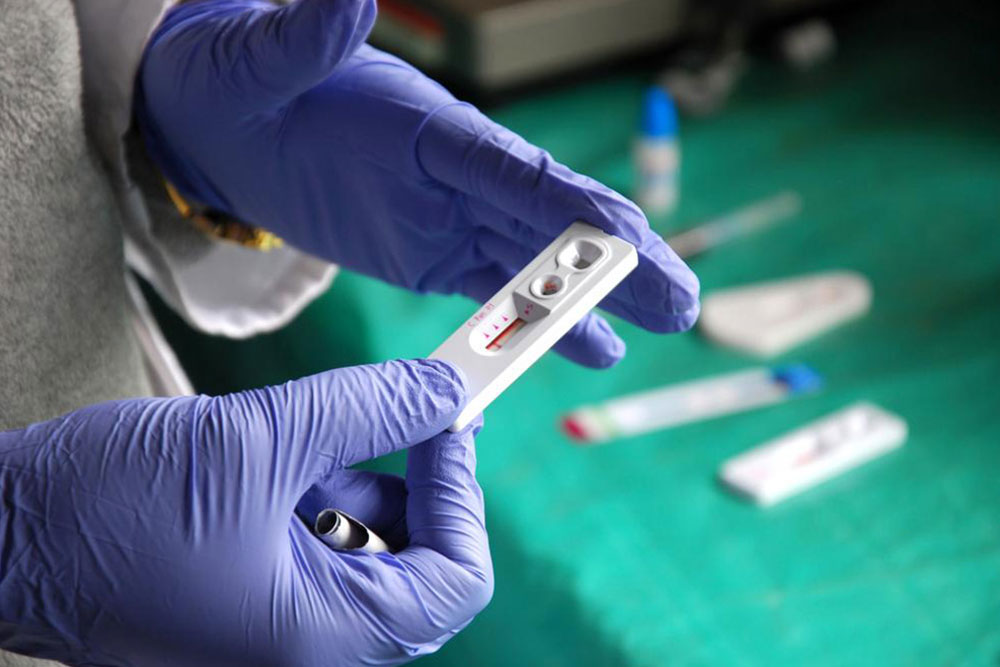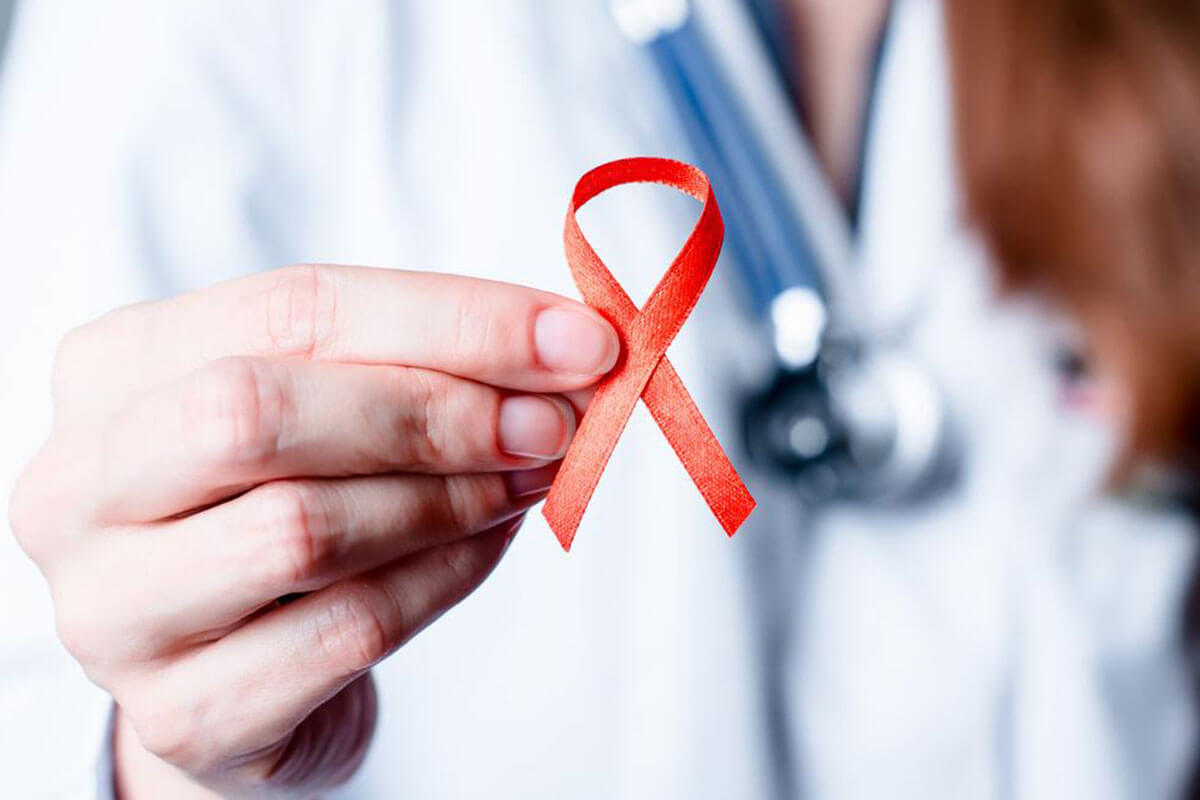Complete Guide to Understanding HIV and AIDS: Prevention, Symptoms, and Treatment
This comprehensive guide provides in-depth information on HIV and AIDS, including transmission routes, symptoms, myths, progression, prevention, and treatment options. It emphasizes the importance of awareness, early detection, and medical intervention to manage the disease effectively, aiming to reduce stigma and improve patient outcomes worldwide.

Comprehensive Understanding of HIV and AIDS: Prevention, Symptoms, and Treatment
Human Immunodeficiency Virus (HIV) is a significant health concern worldwide, causing the progressive failure of the immune system that leads to Acquired Immunodeficiency Syndrome (AIDS). Understanding how HIV spreads, its symptoms, misconceptions, and available treatments is essential for prevention and early intervention. This comprehensive guide offers in-depth knowledge about HIV and AIDS, aiming to dispel myths, promote awareness, and support affected individuals.
How HIV Is Transmitted
Unprotected Sexual Contact: Engaging in sexual activities without protection with an HIV-positive partner remains the primary mode of transmission. The virus can be present in semen, vaginal fluids, and rectal secretions, making unprotected sex particularly risky.
Sharing Needles: Use of contaminated needles for injecting drugs significantly increases the risk of HIV transmission. This route is common among intravenous drug users, especially when needles are shared.
Mother-to-Child Transmission: An infected mother can transmit HIV to her child during childbirth or breastfeeding, which accounts for a substantial portion of pediatric HIV cases globally.
Myths and Misconceptions About HIV
HIV is not spread through casual contact such as hugging, kissing, sharing utensils, or touching surfaces. These misconceptions contribute to stigma and discrimination against people living with HIV.
It is a common myth that HIV can be transmitted through mosquito bites or environmental contact; however, scientific evidence shows no such transmission routes exist.
Engaging in casual activities like kissing or sharing drinks does not spread HIV. Awareness about transmission routes helps reduce stigma and promotes safer behaviors.
What Happens After HIV Infection?
Upon entering the bloodstream, HIV primarily targets the immune system's CD4+ T cells—crucial components that help shield the body against infections. After initial infection, many individuals are asymptomatic or experience mild flu-like symptoms, which can be easily overlooked. Symptoms such as nausea, fatigue, sore throat, swollen lymph nodes, muscle aches, fever, and diarrhea commonly appear within 2-4 weeks post-infection but typically subside within 7-10 days.
Over time, if untreated, HIV progressively destroys CD4+ cells, leading to immunodeficiency. This gradual deterioration weakens the body's ability to combat opportunistic infections and certain cancers. The progression from initial infection to AIDS takes approximately 8-12 years, depending on individual health, access to healthcare, and whether preventive measures or treatments are administered.
Progression to AIDS
As HIV continues to damage the immune system, CD4+ cell counts decline, and the risk of opportunistic illnesses increases. AIDS is diagnosed when CD4+ cell counts fall below 200 cells/mm³ or when certain opportunistic infections or cancers occur. At this stage, patients may experience severe weight loss, persistent fever, night sweats, and chronic fatigue, significantly impairing quality of life. Without treatment, AIDS is ultimately fatal, but early diagnosis and therapy can dramatically improve life expectancy and health outcomes.
Prevention and Treatment Strategies
Prevention remains the most effective way to combat HIV. Using barrier methods like condoms during sexual activity, avoiding sharing needles, and ensuring pregnant women with HIV receive antiretroviral therapy can significantly reduce transmission risks. Regular testing and counseling are crucial for early detection, which leads to timely treatment.
Treatments for HIV/AIDS primarily involve antiretroviral therapy (ART). This combination of medications suppresses the viral load in the body, maintains immune function, and prevents progression to AIDS. Advances in HIV treatment have made it possible for individuals to live long, healthy lives with proper medical care. Moreover, ongoing research aims to develop vaccines and long-acting formulations to improve compliance and reduce transmission further.
Stigma and misinformation pose significant barriers to HIV prevention and care. Education, community engagement, and accessible healthcare services are vital in reducing these barriers and supporting affected populations.





